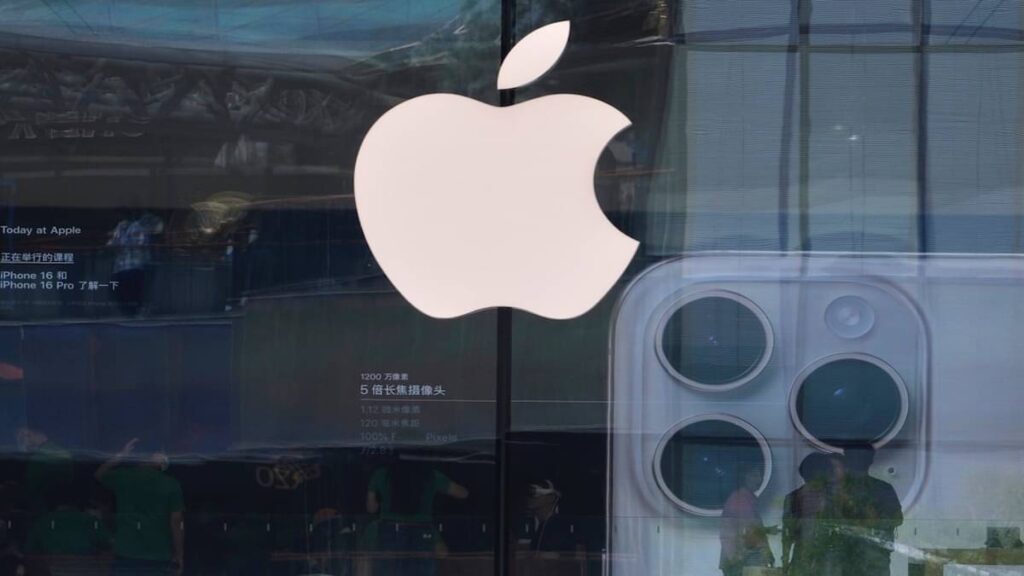In recent months, the landscape of artificial intelligence and robotics has witnessed significant shifts, most notably highlighted by Jian Zhang’s departure from Apple, where he served as the head of robotics research for a decade, to assume the position of Robotics Tech Lead Director at Meta. This transition underscores a growing trend of talent migration in the tech sector, particularly within leading firms known for innovation in artificial intelligence and automated systems. The impacts of such departures extend beyond individual roles; they evoke broader implications for organizational strategy and market competitiveness.
Zhang’s extensive expertise in robotics, embodied AI, AR/VR, and autonomous systems was pivotal in Apple’s initiatives to enhance its AI platform, which seeks to fortify the company’s standing in an increasingly saturated market. With his exit being a part of a larger trend, as other significant departures from Apple’s Foundation Models team—such as Mario Srouji’s shift to Archer Aviation and the recent resignations of John Peebles, Nan Du, and Zhao Meng, who are transitioning to OpenAI and Anthropic—one must examine the implications for Apple and the existing competitive landscape.
The cumulative effect of these departures signals a concerning trend for Apple. With nearly ten key personnel leaving a critical division responsible for the Apple Intelligence platform, the company’s ability to maintain its technology edge and innovate in AI is under scrutiny. This platform was introduced last year to enhance Apple’s capabilities in machine learning and automation, areas where a robust talent pool is essential for success. As rival organizations like Meta, OpenAI, and Anthropic aggressively recruit engineers and researchers, the pressure is mounting on Apple to reassess its talent retention strategies and long-term vision in AI.
Meta’s recruitment efforts reflect a strategic approach to building a competitive edge in AI and robotics. By offering substantial compensation packages, the organization has successfully attracted top talent from industry leaders. This maneuver not only strengthens its internal capabilities but also exposes vulnerabilities in companies like Apple that are facing brain drain. As talent becomes a scarce resource in the technological landscape, organizations cannot afford to underestimate its value.
While the competitive dynamics shift, particularly between companies like OpenAI and Anthropic, the merits and limitations of their respective AI tools must be acknowledged. OpenAI’s products—especially the widely-discussed GPT-3—boast a broad range of applications and an established user base, making them highly attractive for businesses seeking effective AI solutions. However, there are caveats; the cost associated with these advanced models can escalate quickly, especially for small to medium-sized businesses looking to integrate such platforms into their operations.
Anthropic, on the other hand, is emerging as a strong competitor, emphasizing safety and alignment with human values. While the potential advantages of Anthropic’s approach are notable, the platform still requires more widespread adoption to rival the established foothold of OpenAI. Both platforms exhibit distinct strengths: OpenAI’s versatility and Anthropic’s ethical focus, thus presenting candidates a decision matrix that balances cost, functionality, and alignment to organizational values.
When assessing automation tools like Make and Zapier, a comparative analysis similarly reveals important considerations. Make, known for its user-friendly interface and visual layout, excels in integrating various applications without substantial coding expertise required. In terms of scalability, Make can comfortably handle complex workflows, making it an appealing option for enterprises with varied operational needs. Conversely, Zapier stands out for its extensive app integrations and a larger community of users, facilitating troubleshooting and peer-support. While Zapier is often perceived as more cost-effective for smaller automations, organizations may find themselves limited in elaborate workflows when compared to Make.
In quantifying ROI from these platforms, businesses must evaluate not just the immediate costs of implementation but also long-term benefits in efficiency, productivity, and error reduction. Factors such as time saved in manual tasks and the ability to scale operations without a linear increase in workforce will ultimately govern the value derived from these investments.
As Apple navigates this turbulent landscape, it is essential for the organization to focus on not only attracting top-tier talent but also fostering an environment that values innovation and retention. Strategies such as enhanced professional development programs, competitive compensation packages, and opportunities for impactful projects must be prioritized to ensure the company can hold its ground against agile competitors.
Amid the shifting dynamics, an understanding of AI and automation tools will position organizations to thrive. By carefully comparing their strengths, scalability, costs, and return on investment, SMB leaders and automation specialists can make informed decisions tailored to their unique operational contexts.
FlowMind AI Insight: The competitive landscape of AI and automation is rapidly evolving, prompting organizations to not only assess their technological adoption but also to nurture their talent pool proactively. As companies such as Apple face increasing pressure, understanding the multifaceted dynamics of their tools and talent will be pivotal to sustaining innovation and market relevance.
Original article: Read here
2025-09-03 07:13:00

